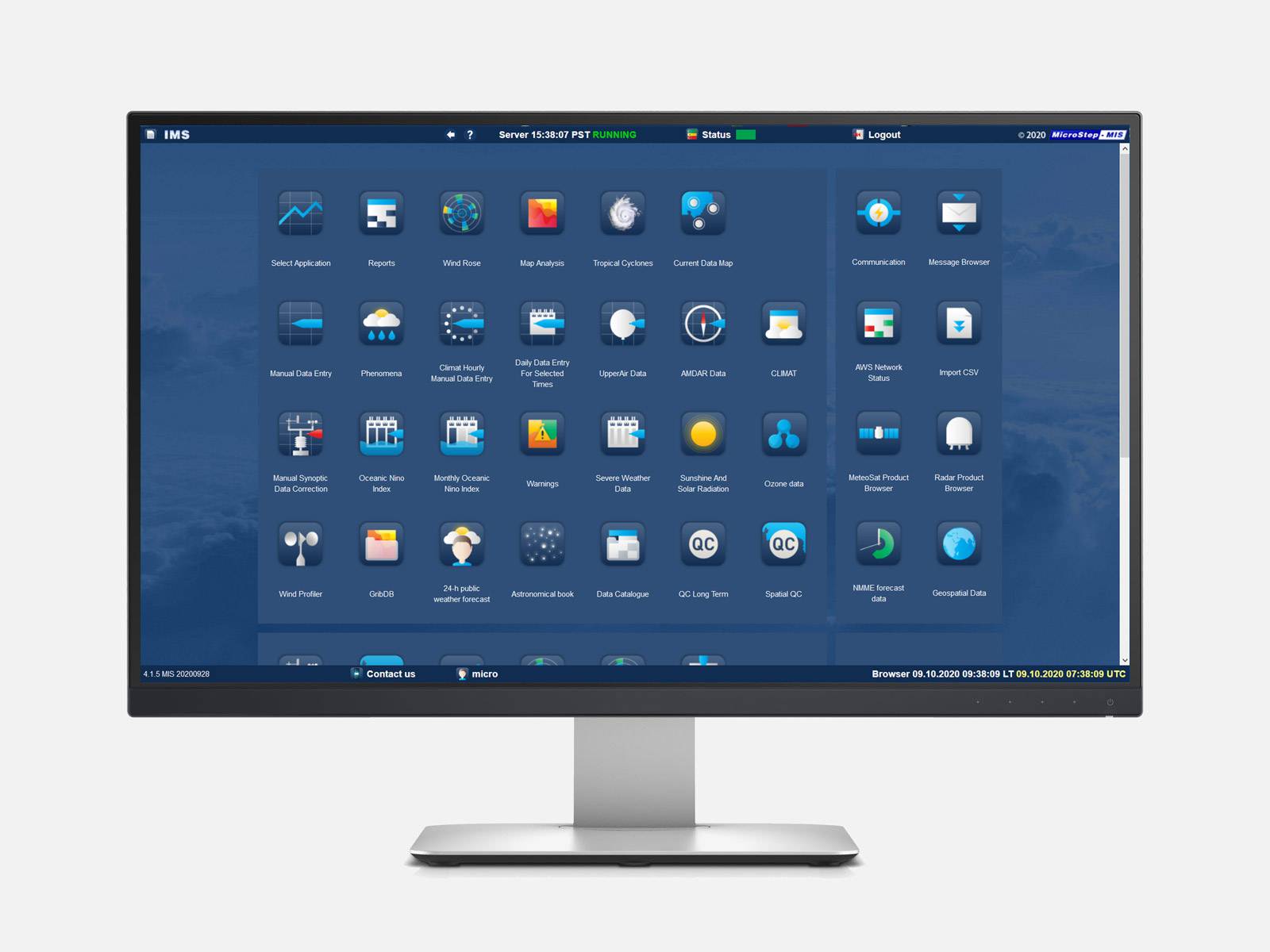
Climatological database is a critical component of any modern meteorological institute of today. The main utilization of such system is storage of all collected meteorological data in one unified structure to avoid data inconsistencies and discrepancies and to enable standard comfortable data access for all users and other software systems.
Within the Climatological Database (CLDB), the above mentioned unified structure is based on SQL Database Server and the standard data access is based on SQL language. The guarantee of data storage quality is the industry proven Oracle® Database Server, the world leader in database technologies. Great alternative for smaller systems is based on an open source solution offered by PosgreSQL. CLDB is based on WMO1 recommended practices for climatological data processing (WMO Guide No. 100). It follows the WMO suggestion of a RDBMS (Relational Database Management System) application with wide use in climatology (World Climate Program efforts concerning new Climate Data Management Systems - CDMSs).
Great advantage of CLDB is its modular architecture, which gives the end user the possibility of detailed customization. The end user can specify additional non-standard input and output modules. Modules can be easily implemented and added to any existing or future installation. One of the most interesting extensions offered is upgrade to environmental database (integration of AWS, radar, satellite, profiler, historical observations, marine data, radiation and air pollution monitoring and more). To provide high availability of the database we use Oracle Real Application Cluster - the database solution provides fault tolerance and high performance for mission-critical applications.